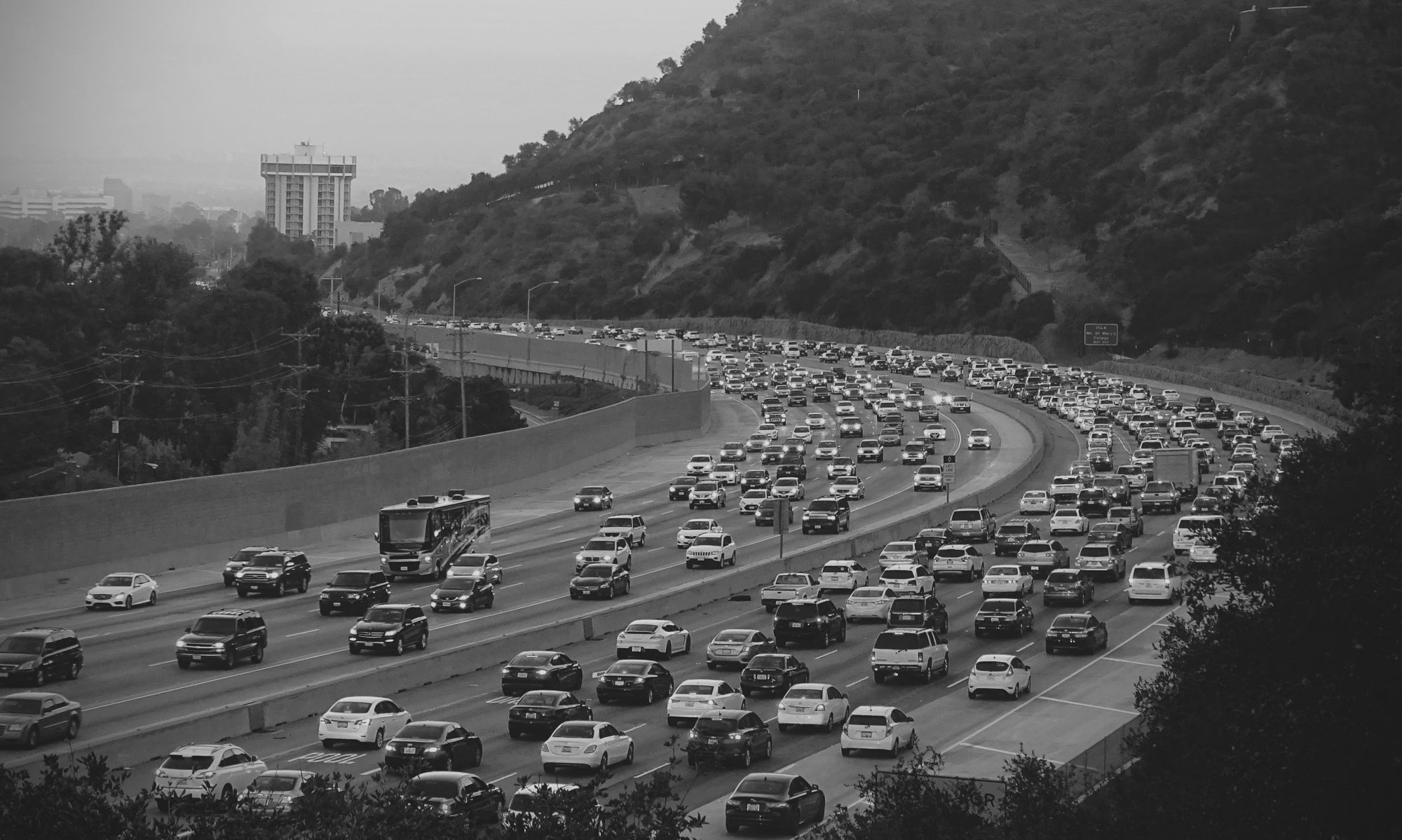Dissert about the future of mobility and justify the introduction of a Shared Automate Vehicle (SAV) fleet with ride-sharing in any city is a challenge. Even though the idea leads to a scenery that seems like a fantasy and that might be doomed for different reasons, the exercise is important by itself because the objective is to justify the following idea:
“One of the problems in a city is traffic congestion. Nevertheless, people prefer to spend their time in queues instead of using public transportation. Why? Two of the major benefits of using a car are flexibility and convenience and is not easy to find these characteristics in other ways of transportation.
The past behaviour of a person is the best way to predict how one is going to behave in the future26 and that behaviour hardly changes if there is nothing disruptive. AV is the next step in mobility, therefore it is predicted that, in the future, people will adapt to this. The AV offers the same as a traditional vehicle plus the technological development, therefore, more desirable.
Nevertheless, the mobility paradigm is being challenged by all fronts. The future might be the use of a service instead of owning a vehicle. Meaning that it is expected that the vehicle is to be shared since 95% of the time the owned vehicle is stoped27.
But who is going to own these vehicles? These vehicles are likely to get into the cities as part of a fleet SAV because only big companies will be able to afford the insurance for this new technology.
Since new users will want the ride and not the ownership of the vehicle, dynamic ride-sharing (DRS) in AV, may appear as a low-cost service of a fleet or even as traditional taxis. This service explores the balance between price and quality of a ride, therefore, it may slightly increase the time of travel, but will keep the flexibility and convenience.
Where does this fails?
